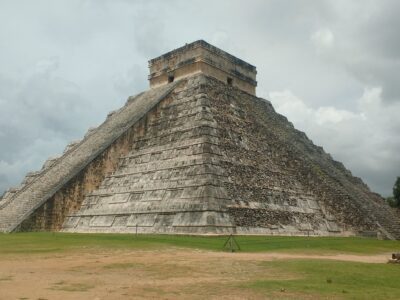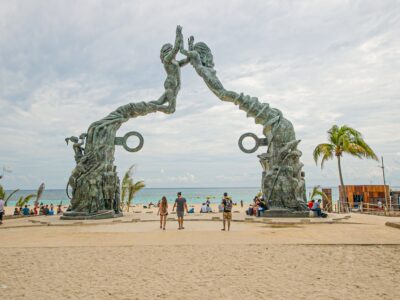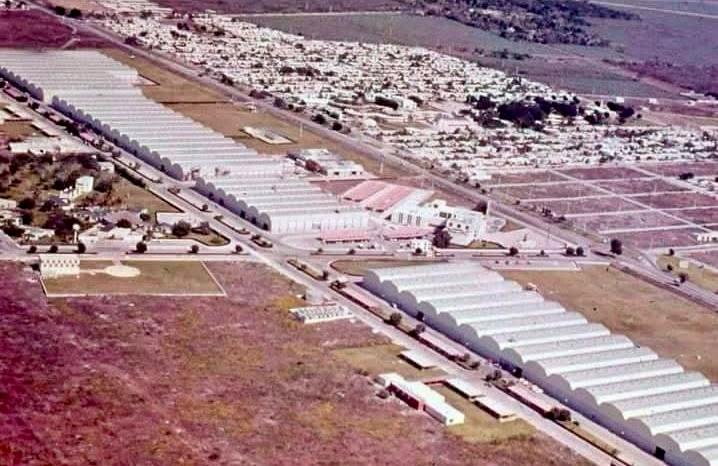Thousands of people, locals, and foreigners go every day, especially during the Christmas shopping season, to stores like Costco, Chedraui Selecto, and the Galerías shopping mall, in the north of Mérida, an area that has become the busiest in the city.
However, few visitors know that in the place that these businesses occupy today, as well as the Siglo XXI Convention Center and the Great Museum of the Mayan World, there existed decades ago a powerful emporium dedicated to the exploitation of what was considered the “green gold” from Yucatán: the henequén plant.
At the heart of the Yucatecan henequen industry, the Cordemex Company (National Cordelería de México) was for decades a symbol of the economic power of the state of Yucatán.

Founded in 1960 as part of an effort to modernize henequen fiber production, this state-owned company quickly became the main driver of an industry that had been the pride and sustenance of the region since the 19th century. However, Cordemex’s fate would be as impressive as its rise: it went from an emporium of national importance to a vestige of the past in a matter of decades.
Cordemex was born in the context of government efforts to revitalize the henequen industry, which by the mid-20th century was facing serious challenges due to growing competition from synthetic fibers such as nylon and polypropylene.
The company operated a huge processing plant north of the city of Mérida, equipped with cutting-edge technology for its time. Its facilities allowed not only the massive production of ropes, bags and other henequen derivatives, but also the generation of jobs for thousands of Yucatecans. During its glory years, Cordemex not only boosted the local economy, but also established Yucatán as one of the largest producers of natural fibers in Mexico.
The company came to dominate the national and international market, exporting its products to dozens of countries and serving as the main buyer of henequen from the region’s farms. For many, Cordemex represented the modernization of the henequen legacy, adapting a centuries-old tradition to the demands of a global market.
To house the company’s workers and their families, the Cordemex subdivision was built in 1967, at the exit to Progreso. This was one of the first modern housing developments in Mérida, with 418 houses designed for workers. It included basic services, recreational areas and cultural spaces, reflecting the importance that the company had for the community. This subdivision soon became a vibrant neighborhood directly connected to the factories by infrastructure such as the first pedestrian bridge in Mérida.

The beginning of Cordemex’s decline began in the 1980s, when competition from synthetic fibers, cheaper and easier to produce, intensified irreversibly. Furthermore, the lack of technological innovation and the high production costs of the state company hindered its competitiveness in the international market. Added to these factors were political decisions that negatively affected the industry, such as trade liberalization and the privatization of strategic sectors, which left the company in a critical situation.
Finally, in the 1990s, Cordemex closed its operations, marking the end of an era for the henequen industry and for thousands of workers who depended on the company. The collapse of Cordemex not only represented an economic loss, but also a symbolic blow to Yucatán’s henequen pride and identity.

After the closure of Cordemex, its gigantic facilities were left unused for several years. However, with the urban growth of Mérida, the company’s old factories and land were reused for new purposes. Part of the land was transformed into commercial and residential areas.
Today, Cordemex is a rapidly developing area north of Mérida, home to modern shopping centers, housing developments, and entertainment venues.
Although Cordemex no longer exists, its name lives on in the neighborhood that carries its legacy. For many Yucatecans, it represents a reminder of a time when henequen was the axis of the region’s economy and identity. Its history is a reflection of the challenges of modernity and how traditional industries can disappear in the face of technological and economic changes.

The Cordemex subdivision has maintained its identity as a consolidated neighborhood. Despite the challenges, its residents continue to organize and celebrate community events that reinforce their shared history, as occurred on the 50th anniversary of the subdivision in 2017. Cordemex was not only a symbol of henequen’s greatness but also a lesson in the importance of adaptation and innovation in a constantly changing world.
By Roberto García Hidalgo for The Yucatan Times.
TYT Newsroom
The post Cordemex: The rise and fall of the henequen giant of Yucatán first appeared on The Yucatan Times.














